If you’ve ever watched Back to the Future, you might have found yourself laughing at some of the outrageous predictions made in the 1980s. Flying cars? Self-drying jackets? It’s a whirlwind of creativity. But amidst the chuckles, there’s a bit of wisdom hidden in those time-traveling escapades. This beloved trilogy didn’t just entertain: it sparked conversations about what the future could hold. Let’s take a cruise through Hill Valley’s past and see what they got right and what they might have overlooked. Buckle up, this ride is about to get interesting.
Table of Contents
ToggleOverview of Back To The Future’s Cultural Impact

Since its debut in 1985, Back to the Future has transcended its status as a mere film trilogy to become a cornerstone of popular culture. It not only entertained audiences but also inspired generations to ponder their own futures. The film’s iconic characters, Marty McFly and Doc Brown, captured imaginations and served as relatable figures who navigated the complexities of time travel.
The phrase “Great Scott.” has become synonymous with shock and awe, while the DeLorean is now an enduring symbol of innovation in cinematic history. More than just a trip down memory lane, Back to the Future challenged viewpoints on technology, societal norms, and the butterfly effect of our choices. In essence, it threw down a cultural gauntlet, prompting audiences to dream beyond their current realities. This cultural resonance can be seen in everything from retro merchandise to fan conventions celebrating its legacy.
Key Predictions from the Trilogy
Technological Advancements Predicted
One of the most memorable aspects of the trilogy is its bold predictions about technology. Think about it, the characters used hoverboards, which seemed utterly fantastical in the 80s. While true hoverboards have yet to materialize in street stores, advances in personal transport like electric scooters and skateboards showcase a gradual step towards Marty’s dream. And let’s not forget about smartwatches. When Doc showcased his dazzling wrist device, he was accurately predicting wearable technology, something that is now ubiquitous in smartphones and fitness trackers.
Fashion and Lifestyle Changes
Then there are the fashion statements. Who can forget the futuristic attire, complete with self-lacing shoes? Today, brands like Nike have brought that vision to life, igniting excitement among sneaker enthusiasts. While we might not be donning reflective jackets just yet, the trilogy did unveil a fascinating concept: that fashion would evolve into smart and functional forms.
Transportation Innovations
Transportation became a thematic linchpin, offering a glimpse into a world filled with flying cars and instant teleportation. As local governments explore drone delivery services and autonomous vehicles, it’s fascinating to watch these half-baked ideas transform into serious endeavors. While we’re not flying just yet, advancements in electric and autonomous vehicles hint at a transportation revolution. The reality, but, remains grounded, for now.
Comparing Predictions to Reality
Technological Realities vs. Hollywood Fantasy
Comparing the movie’s predictions to what we see today stirs a mixture of awe and humor. While holographic advertisements and flying cars may still reside in the realm of science fiction, other technologies have seamlessly blended into everyday life. Video calls? They are now as commonplace as ordering a pizza. Similarly, artificial intelligence statues, an intriguing thought back then, are now being discussed as integral components in various sectors.
Cultural and Social Shifts
Culturally, Back to the Future touched on gender and race in ways that still resonate today. The film illustrated the consequences of societal norms and expectations, raising questions that continue to be grappled with. While they may not have predicted specific sociopolitical shifts, the essence of the film serves as a mirror that reflects the continuous evolution of societal dynamics.
What We Got Right and Wrong
Public Reception and Nostalgia
Nostalgia plays a significant role in how Back to the Future is viewed today. Many people remember it fondly, leading to fervent debates about which aspects of its predictions were on point. For example, holograms and virtual reality has become a hot topic, skyrocketing into the tech spotlight, just as the film predicted. But, the notion of a fully integrated flying car is still, unfortunately, just a fantasy. The balance of reality and wishes showcases that some dreams are slow to materialize, while others develop rapidly.
Lessons for Future Predictions
Back to the Future teaches viewers that while predictions can be whimsical, there’s often a seed of truth buried in the fun. Forecasting the future isn’t just about technology: it encompasses social, environmental, and political dimensions too. As society constantly evolves, understanding trends and their implications can lead to more informed predictions. The trilogy nudges us toward a greater awareness of how interconnected our world truly is, influencing not only what we imagine for the future but also how we can create it. Every choice has a ripple effect, we might not have a DeLorean, but each action nudges us closer to our desired reality.





